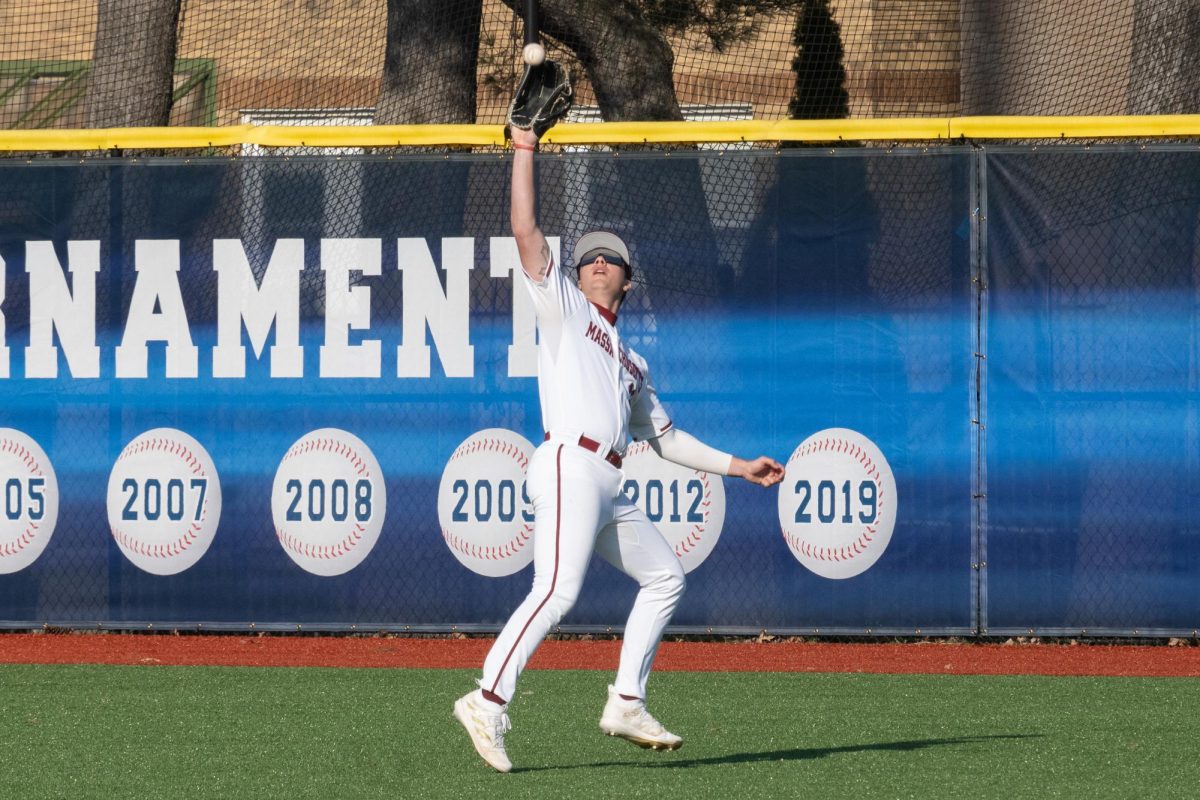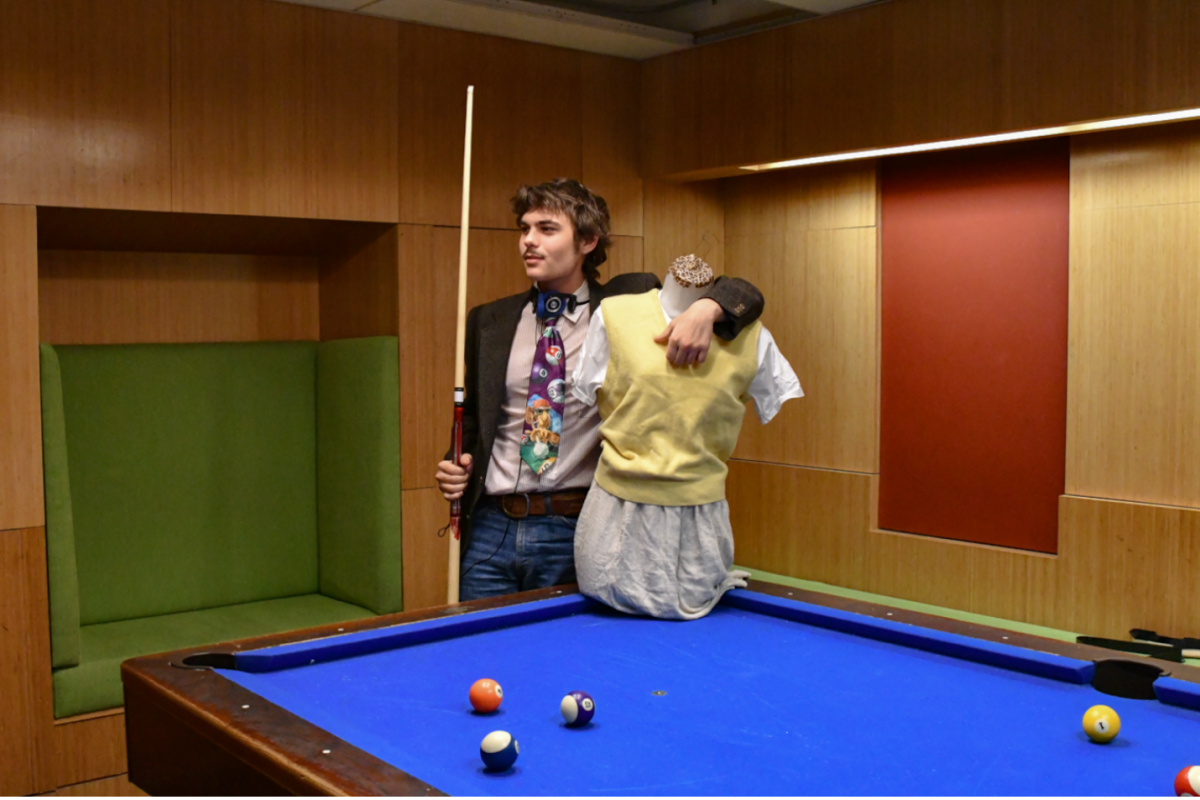Society has the preconceived notion that people with disabilities can’t desire a love life or have romantic relationships. Netflix’s “Love on the Spectrum” combats these stereotypes by telling the stories of people with autism on their quest for love.
“Love on the Spectrum” follows the stories of Australian young adults with autism. The show connects them with a dating specialist, Jodi Rodgers, and sets them up with potential love interests.
The show captures what it’s like for people on the autism spectrum to date. The audience gains a better understanding of the challenges they face when looking for love and forming new relationships. Michael, a fan favorite from season one, shares his feelings about not being in a relationship with the audience.
“I just can’t bear the thought of being single my entire life because it’s lonely, it’s boring and it’s also unfulfilling,” Michael said.
“Love on the Spectrum” also conveys how autism impacts the lives of people with the diagnosis.
“Sometimes I might have a bit of confusion, and sometimes I might need a lot of help and support,” Ronan, a 21-year-old said.
Learning how autism affects people from the perspective of someone with it allows the viewer to clearly understand the reality of autism and let go of misconceptions.
Likewise, the series educates viewers on how people with autism cope in a society that doesn’t always accommodate their needs. Kasandra, 27, explains masking and its effects.
“One of the biggest things I’ve had to learn is what people call masking, pretending and hiding the parts of me that don’t fit neurotypical society,” Kasandra said.
By explaining the components of autism spectrum disorder, the Netflix series continues to show autism in a truthful and accurate light to a society that often misunderstands the disability.
Season one of “Love on the Spectrum” followed Jimmy and Sharnae, a 21 and 20-year-old couple. The couple shares how they navigate life and a relationship together. They also share how their shared personal experiences allow them to understand one another. Jimmy and Sharnae’s story shows the audience that people with autism can be in a serious and committed relationship.
In season two, Jimmy and Sharnae are engaged and planning their dream wedding. Sharnae shares an endearing moment with her bridal party, expressing how happy she is to be marrying the love of her life.
“I never thought it would happen, for someone to love me for who I am. I can’t wait to marry him, I just want to marry him now,” Sharnae said.
Sharnae’s comment shows viewers that people with autism have the same hopes and concerns about love as anyone else.
Another aspect of dating on the spectrum that neurotypical society often doesn’t consider is someone’s sexuality. A common misconception is that people with disabilities are all straight. That is not true, and “Love on the Spectrum” combats this issue. On a date with a man, Jayden is asked when he realized he’s gay.
“Uh, not quite gay, bisexual rather,” he said. “And when did I realize that? In my middling adolescence, I think it was.”
“Love on the Spectrum” is making monumental strides in educating a wide audience about autism spectrum disorder. By helping people with autism find love, the series captures what it truly means to find love on the spectrum.
Corinne Arel can be reached at [email protected] and followed on Twitter @CorinneArel_09.




















Dottie • Oct 8, 2021 at 7:52 pm
Stop calling us people with autism. We are autistic and tired of being talked over about this.